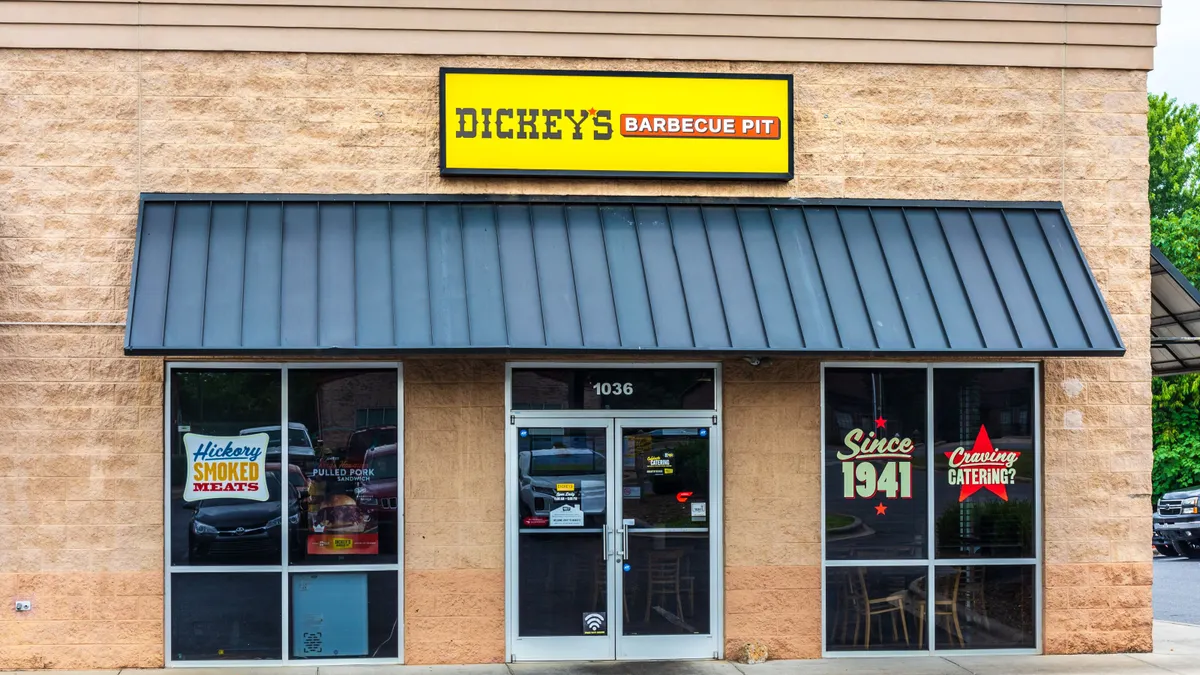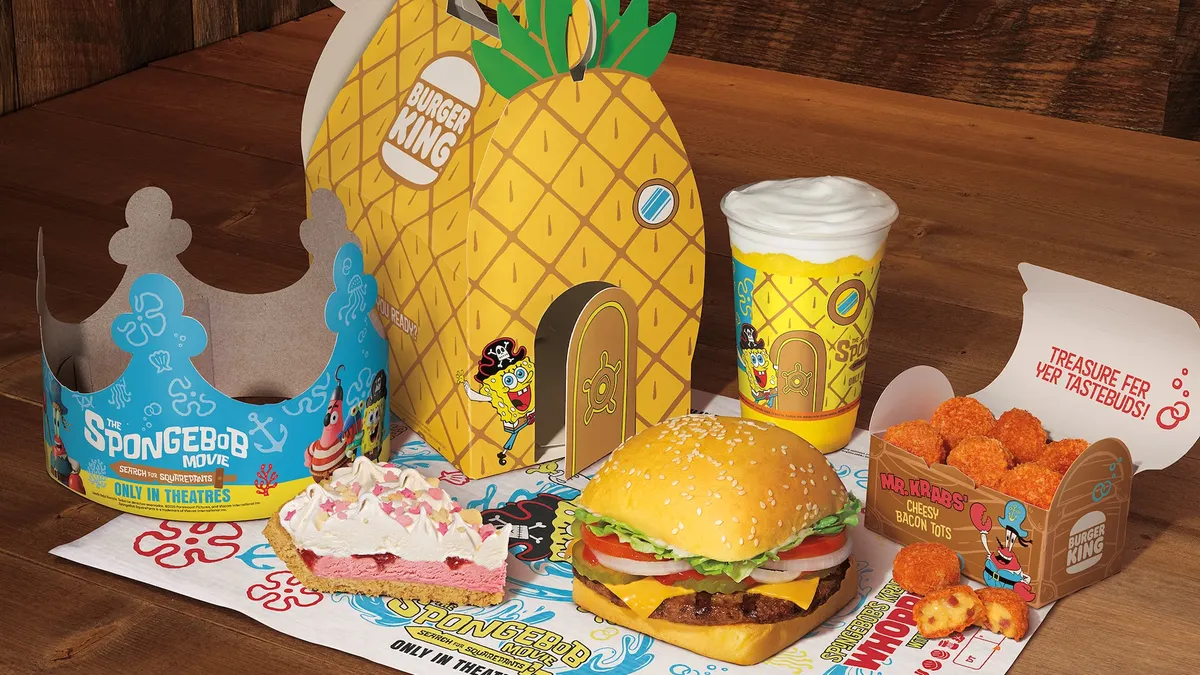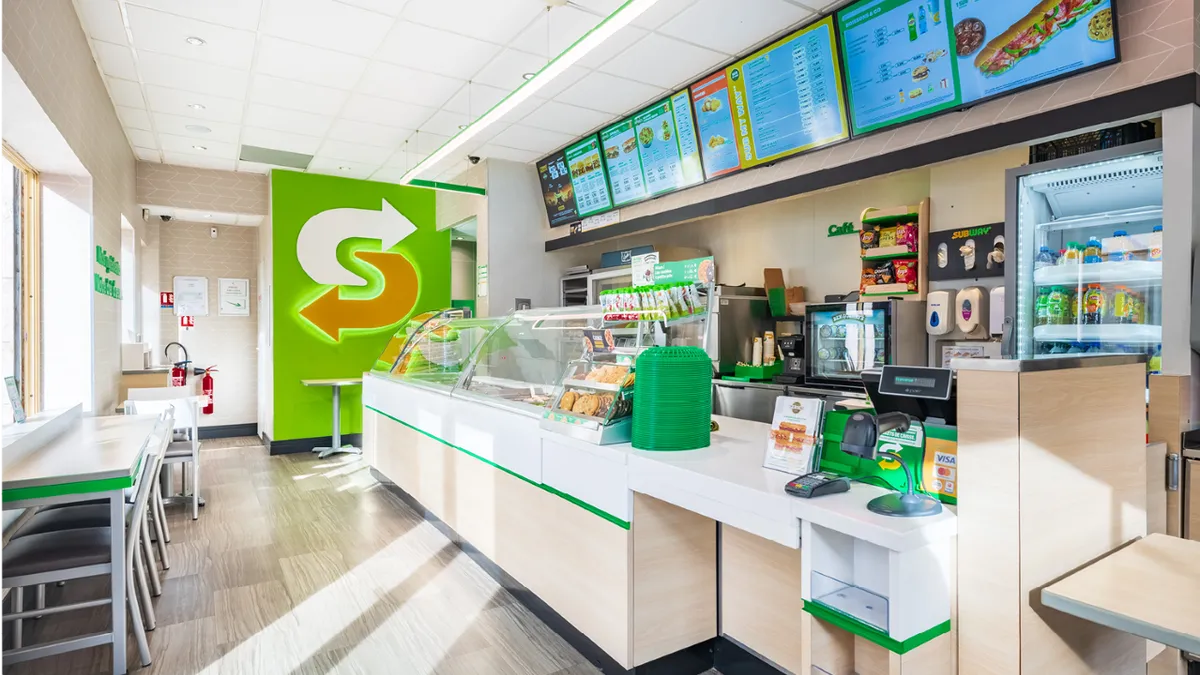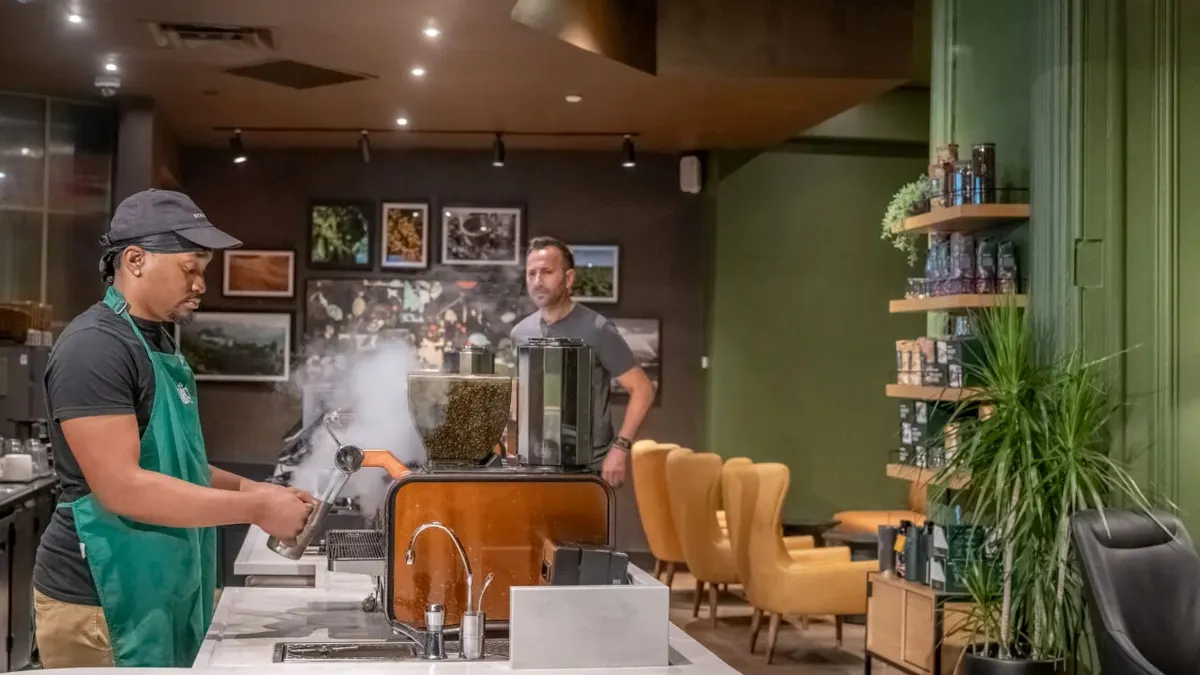Brad Piggott is Cuebiq’s SVP of sales for North America.
In the very beginning of mobile marketing, there was a lot of discussion about the possibilities of this exciting new customer touchpoint. Perhaps the most often heard use case was "let's say you are walking down the street and you pass a Starbucks and you get a coupon on your phone…"
Now, with 77% of U.S. adults owning smartphones (up since 2011 when just 35% did), according to Pew, the location data they transmit has value way beyond the simple notion of triggering a promotion.
Mobile devices offer QSR and restaurant brands an unparalleled wealth of insight and data about how your customers and your competitors behave before, during, and after a visit to a retail location. Mining and marrying this data with other sources can help your brand understand customer behavior in new ways and boost sales. Based on this, here is a guideline for enhancing your marketing tactics in 2019.
Get real world competitive intelligence
Knowing what's going on with your competition has long been QSR marketer gold and location data takes competitor insights to a new level. Customer dwell time and visit frequency is now easily and consistently available. QSR marketers can analyze these competitor trends over time and compare them to their own to determine how their own brand is performing in the market.
Measuring the loyalty levels of your customers to your competitive set can be especially valuable. Identify your most and least loyal consumers versus your competitors, and then target the most vulnerable segment for competitive conquesting. For example, a leading burger brand might learn through location intelligence that one segment of competitor customers tends to visit many different fast food joints. You can then target that segment heavily with promotions for your own brand.
Go Geo with your audience targeting, but first, build more accurate consumer personae
So, your core audience is men 18- to 34-years-old, but how does that differ by region and time of day? Mobile location data enables you to map anonymous consumers' offline journey and path-to-purchase to create geo-behavioral audience segments that align with your consumer buyer personae. Location data also can help you gain a deeper understanding of offline consumer behaviors such as brand affinity, loyalty and churn to more effectively build buyer personae.
Assess the real life impact of social
Location data bridges the gap between consumers' online behavior and their offline activity. Social media, so crucial to reaching frequent visitors among Gen X and Y, is typically measured purely by online metrics. By leveraging location data and AI, marketers not only can determine whether a particular social media campaign attracted customers to stores, but also can determine when they visited and how long they spent there. Shares and likes are one thing, actual store visitation and interaction is what restaurant and QSR marketers need to know.
Optimize cross-channel spend and measurement
Knowing what's working in the marketing mix has typically taken weeks to months for restaurant and QSR brands. With location data, once that campaign is up and running, you can leverage real-time daily visit and uplift metrics to optimize media spend by creative, publisher and geography. Measure cross-channel advertising (digital, mobile, TV, out-of-home, radio) performance to prove ROI to desired locations.
Develop a new edge for loyalty programs
With more than 65% of U.S. adults members of food service loyalty programs and 46% of consumers saying that loyalty programs would entice them to visit restaurants more often, using location to enhance loyalty is paramount. But loyalty programs typically don’t go beyond a system of reward points based on purchases. With location intelligence, marketers can see which other retail their consumers value and act on it.
For example, a QSR or restaurant brand might learn from location data that their consumers also tend to shop at T.J. Maxx. This insight presents an opportunity for that brand to partner, perhaps developing a joint loyalty program that awards points for purchases made at both the QSR and T.J. Maxx. Develop informed partnerships that cater to customers' other retail interests and you will create more effective loyalty programs that can vary by locale and merge with co-branding, shopper marketing and other partnership arrangements.
Manage the relationship between promotions and visits
With so much of a restaurant or QSR's marketing budget going to promotional activities, gaining insight into the relationship between a campaign and visits is extremely valuable for marketers. See how a promotion performs in-flight and then optimize accordingly, based on how many visits the campaigns are driving compared to the rest of the industry.
What's more, location intelligence can help you understand how your promotions are working compared to your competitors. For example, if one of your competitors is launching a buy-one-get-one-half-off deal on combo meals next Tuesday, launch your own promotion that day. After the promotions run, analyze comparative foot traffic patterns.
But always put privacy first
Location data is seen by consumers as personal and you need to pay close attention to privacy compliant data collection methodologies. For example, companies can follow a strict framework that ensures user privacy and transparency. Technology can collect anonymous location data from opt-in users through GPS, WiFi and Bluetooth signals to understand offline behaviors at scale. In a world where consumer trust with personal data has been challenged, it's more important than ever to make sure your data partners are doing the right thing.
It’s resolved: Location is the present and future of marketing
By 2020, there will be 20.4 billion connected devices in use globally, according to Gartner. Location data usage will be a game changer for restaurant and QSR marketers used to fuel marketing efforts and to enhance overall business strategies. Let's make 2019 be the year your brand unleashes the power that only location data can provide.


















